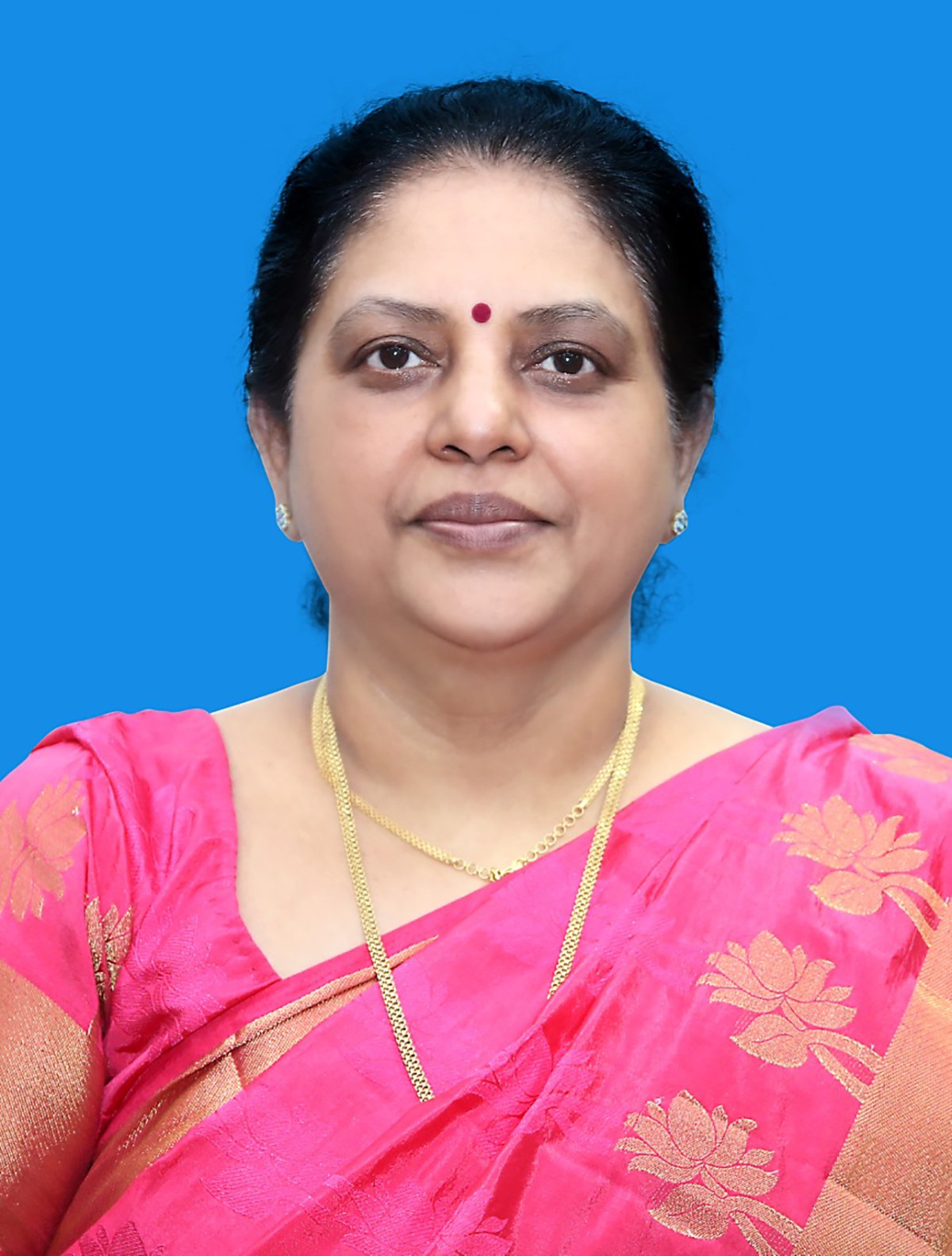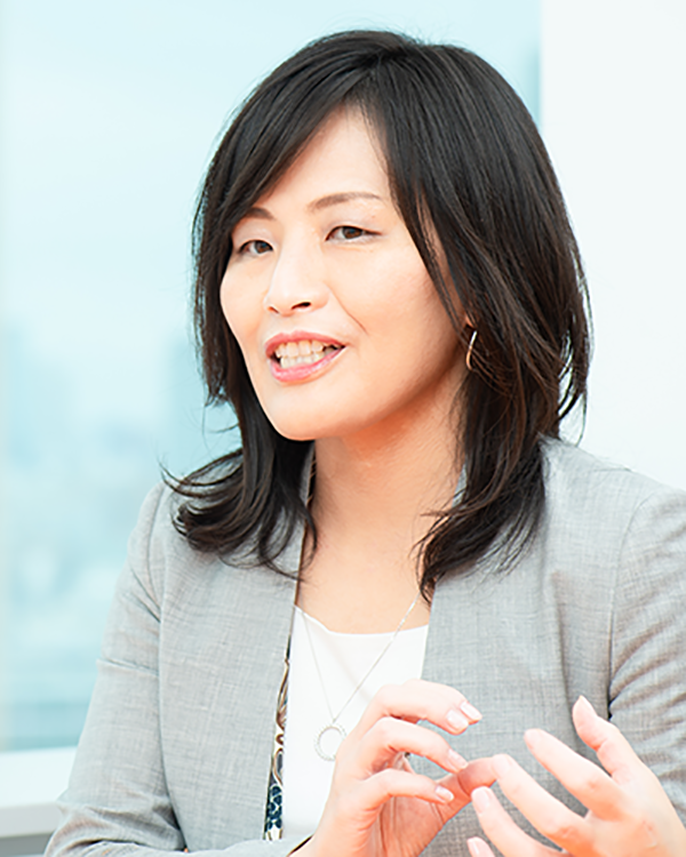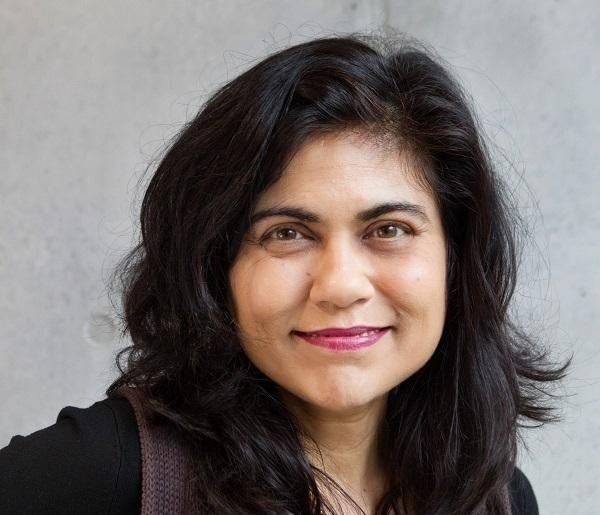Article:
In the global conversation on science, technology, engineering, and mathematics (STEM), women remain significantly underrepresented. According to UNESCO, just 30% of the world’s researchers are women, and fewer still hold leadership roles in STEM-related industries. In Asia, where education systems are rapidly evolving, these challenges are compounded by cultural expectations and structural inequities.
Yet, across the continent, remarkable women are redefining what it means to thrive in STEM. Some are leading breakthrough innovations at the highest levels of research and national defense. Others are mentoring the next generation, ensuring that girls in underserved communities see science not as an unreachable dream but as a real career pathway.
In this edition of Stories of Triumph, Asia Education Digest profiles three extraordinary women: Dr. Tessy Thomas (India), Dr. Taki Kato (Japan), and Dr. Fabiola Gurung (Nepal). Each has carved a unique path — from missiles to robotics to grassroots advocacy — but all share a common thread of resilience, innovation, and impact. While we could not contact them directly for interviews, this feature is based on editorial research and published sources, reflecting their immense contributions to the global education and STEM community.
The Landscape: Why Women in STEM Matter
The underrepresentation of women in STEM is not merely a statistic — it is a global challenge with tangible consequences. When women are excluded, innovation suffers. Research consistently shows that diverse teams solve problems more creatively and effectively. The absence of women in STEM leadership means that the unique perspectives and talents of half the population are not being fully harnessed.
In Asia, the story is complex. Countries like Japan, India, and Nepal reflect very different cultural and structural contexts, yet women in each nation encounter similar barriers: stereotypes, lack of mentorship, and systemic bias. Against these odds, the three women we profile have emerged as leaders who not only succeed individually but also open doors for others.
Dr. Tessy Thomas
The Missile Woman of India

Born in Alappuzha, Kerala, Dr. Tessy Thomas grew up in modest surroundings. Her fascination with science was sparked by living near ISRO’s Thumba rocket launching station, where she would watch rockets light up the sky. Despite limited resources, her family encouraged her education, and she went on to pursue engineering and later a Master’s in Guided Missile Technology.
Her career with the Defence Research and Development Organisation (DRDO) marked a historic moment for India. She became the first woman scientist to head a missile project, leading the development of Agni-IV and Agni-V, long-range ballistic missiles critical to India’s strategic defense. Her success earned her the moniker “Missile Woman of India.”
At every stage, Dr. Thomas confronted systemic skepticism. Questions about whether a woman could lead such high-stakes national projects were not uncommon. Yet, through technical brilliance and disciplined leadership, she proved her critics wrong. Today, she serves as the Director General of Aeronautical Systems at DRDO, mentoring young scientists while driving cutting-edge defense projects.
Her story embodies not just scientific triumph but also social change. In a nation where women are often discouraged from careers in defense and engineering, Dr. Thomas symbolizes the possibility of breaking through barriers.
Dr. Yukie Nagai
Innovating Human-Robot Collaboration

Dr. Yukie Nagai is a Project Professor at the International Research Center for Neurointelligence (IRCN), The University of Tokyo, where she leads the Cognitive Developmental Robotics Lab (Nagai Lab). After earning her Ph.D. in Engineering from Osaka University in 2004, she pursued research roles at Japan’s National Institute of Information and Communications Technology (NICT) and Germany’s Bielefeld University, before returning to Japan. Since 2019, she has directed her lab at UTokyo, combining neuroscience, robotics, and education.
Nagai is globally recognized for her work in cognitive developmental robotics—building robots that learn like infants to better understand human intelligence. She applies predictive coding models to explain how perception, imitation, and social interaction develop in humans, and builds robots that can replicate these processes.
Her team also uses robotics and AI to model atypical developmental pathways, such as autism spectrum disorder, creating insights into perception and behavior that inform assistive technologies and therapies. She leads projects like AI × Tojisha-Kenkyu at UTokyo’s Institute for AI and Beyond, advancing neurodiversity-aware AI that personalizes technology for different cognitive needs.
Robotics and AI research in Japan has traditionally been male-dominated. Navigating this environment required persistence and a clear vision. By securing leadership at UTokyo and gaining global recognition, Nagai has shown that women can redefine not just participation but leadership in advanced robotics research.
Her contributions have placed her among the world’s most influential women in robotics. She was named in the World’s 50 Most Renowned Women in Robotics (2020), the IEEE IROS 35 Women in Robotics Engineering and Science (2022), and Forbes JAPAN’s Women in Tech 30. Beyond accolades, her research ensures robotics stays human-centered—serving education, therapy, and society.
Prof. Veena Sahajwalla
Turning Waste into Wealth
Born and raised in Mumbai, India, Prof. Veena Sahajwalla grew up with an early curiosity about how materials could be transformed and reused. After completing her undergraduate degree in engineering at the Indian Institute of Technology, Kanpur, she pursued a master’s in the U.S. and later a Ph.D. in Materials Science and Engineering from the University of Michigan.
Her global academic journey eventually led her to Australia, where she joined the University of New South Wales (UNSW Sydney). From these beginnings, she carved out an extraordinary career that bridges science, sustainability, and social impact.

Prof. Sahajwalla is best known as the inventor of “Green Steel” technology, which recycles waste plastics and rubber tyres as a partial replacement for coke in steelmaking. This innovation has dramatically reduced greenhouse gas emissions and waste, revolutionizing an industry often criticized for its environmental footprint.
At UNSW, she founded the Centre for Sustainable Materials Research & Technology (SMaRT Centre), where she and her team are developing “microfactories”—small-scale, high-tech recycling facilities that can transform waste into valuable materials like green ceramics and alloys. These projects prove that sustainability and profitability can go hand in hand.
Her approach is groundbreaking: turning the concept of “waste” into a resource, and showing governments, industries, and communities that circular economy solutions are practical, scalable, and essential.
Working at the intersection of science and industry is never easy, and Prof. Sahajwalla’s early work faced skepticism. Many questioned whether waste materials could truly substitute for traditional raw inputs in steelmaking. As a woman scientist leading in a male-dominated field of heavy engineering, she often had to work harder to prove her ideas. Her persistence, data-driven research, and successful pilot projects turned critics into collaborators.
Prof. Veena Sahajwalla’s journey proves that innovation is not only about discovery, but about responsibility. By reimagining waste as a resource, she has created a blueprint for sustainable industry and shown the world how science can be a force for both economic growth and environmental stewardship.
The stories of Dr. Tessy Thomas, Dr. Taki Kato, and Dr. Fabiola Gurung remind us that barriers are not endpoints but challenges to be overcome. They exemplify the values of courage, vision, and leadership that Asia Education Digest seeks to celebrate.
This article, curated through editorial research and published sources, acknowledges that we could not speak with them directly. Yet, their public legacies and documented achievements offer lessons powerful enough to inspire millions. As Asia stands at the crossroads of educational and technological transformation, their journeys illuminate the path forward — a future where women in STEM are no longer the exception, but the rule.
Content Disclaimar
This article, curated through editorial research and published sources, acknowledges that we could not speak with them directly.


